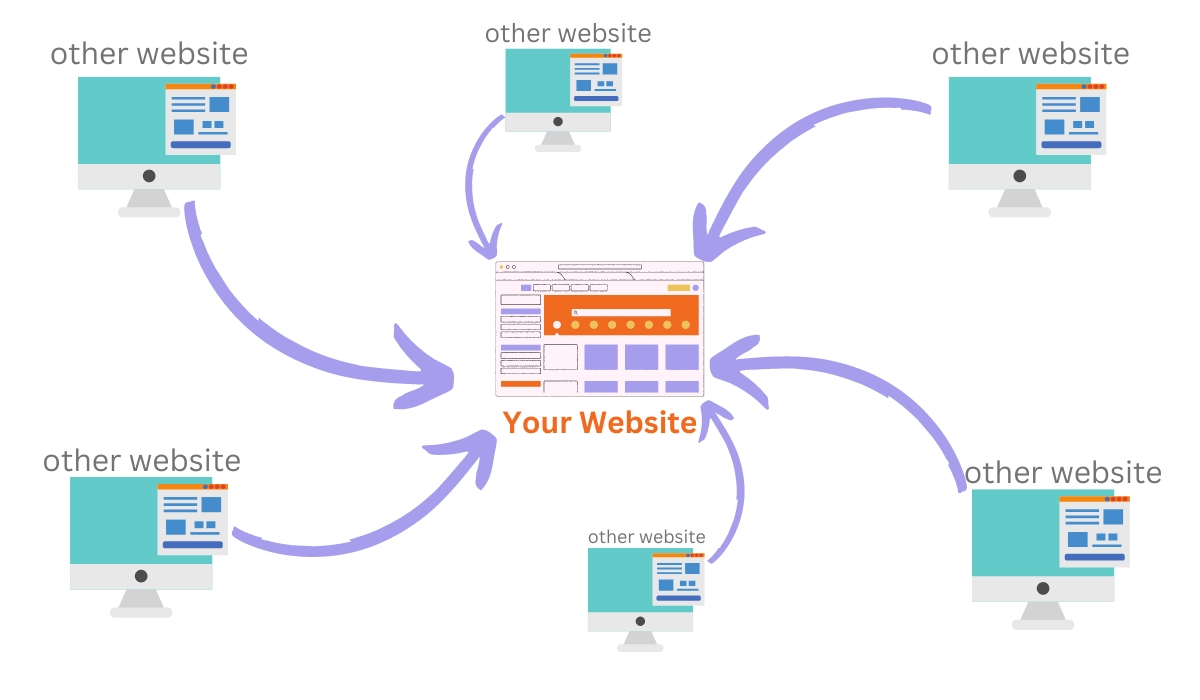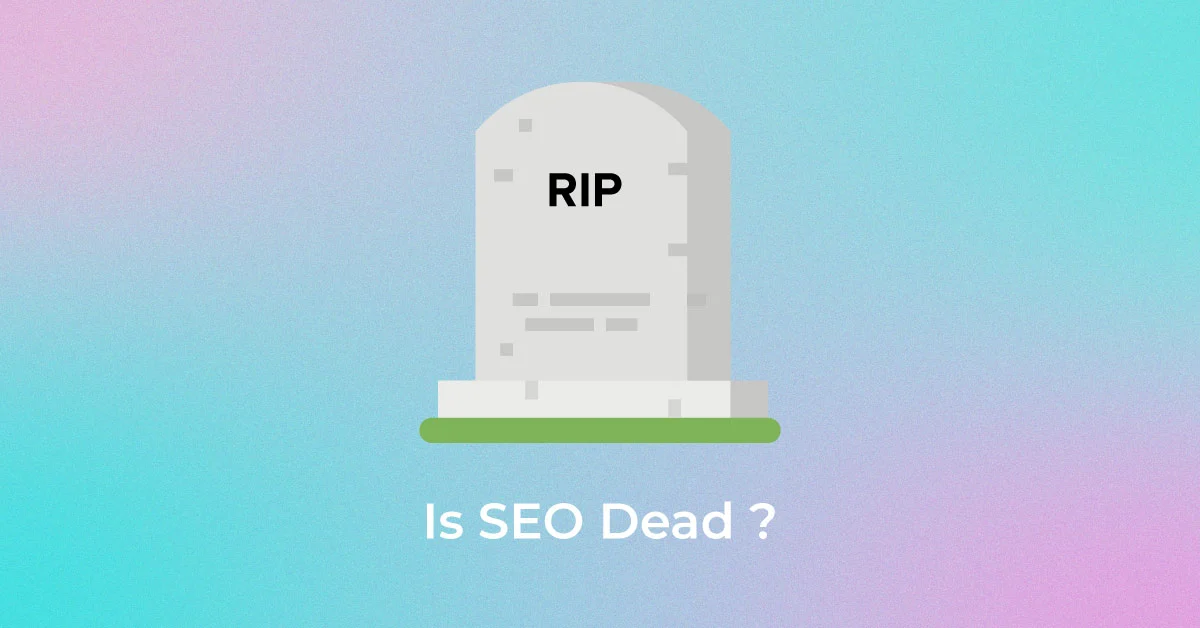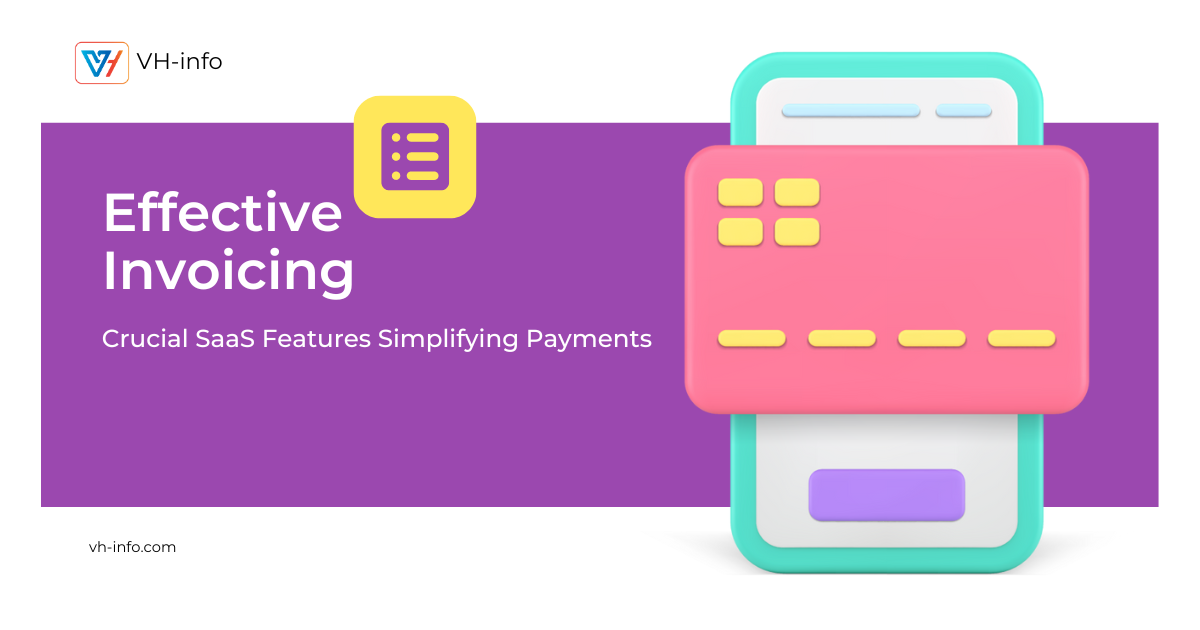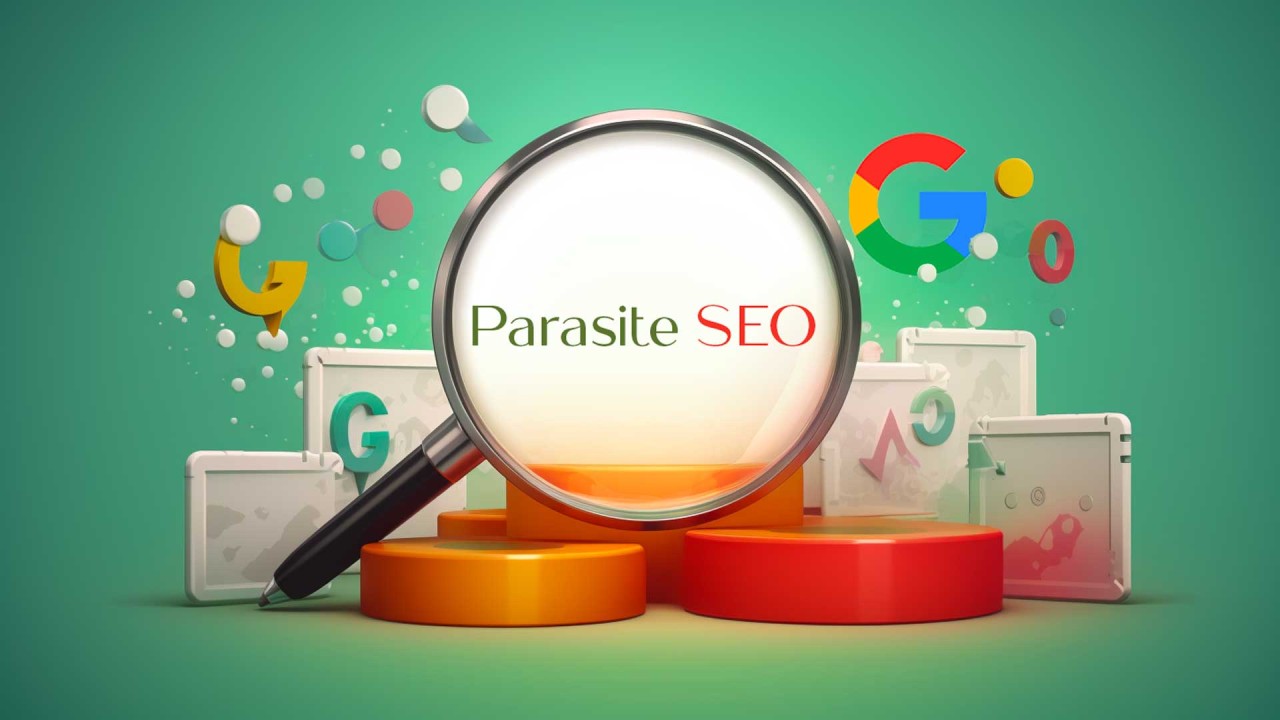
Is Link Building Still Relevant For SEO in 2024?
Link building has been a big deal in the SEO world for a long time now. With search engines changing

Is Link Building Still Relevant For SEO in 2024?
Link building has been a big deal in the SEO world for a long time now. With search engines changing

Link Juice For SEO: Meaning, Importance, Factors & Things to Know
Link juice is an important concept in search engine optimization (SEO) that plays a significant role in determining a website’s

Link Popularity: What is it, It’s Importance, Types & Examples
As a SaaS or any other form of company, it is important to get more people visiting your website without

Link Bait: What is it, Benefits, Types, Strategies & Examples
Link bait is a powerful tool in the world of SaaS SEO and content marketing. When executed correctly, link bait

Content Marketing For Startups
Content marketing is a super effective tool for startups who want to get their name out there, connect with their

The Top 15+ Best Free Search Engines For AI & Private Browsing
In today’s digital age, search engines have become a crucial part of our online experience. They help us navigate the

Is SEO Dead? It is, But it is Not. (Answered With Reasons!)
In the ever-evolving landscape of digital marketing, a question that often arises is, “Is SEO dead?” As search engines like

Effective Invoicing: Crucial SaaS Features Simplifying Payments
Invoicing. It’s that everyday hero keeping businesses afloat. What if the process was smoother? Automation now shapes SaaS tools, streamlining

Parasite SEO: What is it, Types, Costs, Strategies & Examples
When it comes to the competitive keywords of digital marketing, achieving good ranks in search engine results is important for

‘People Also Search For’ – Use it to Understand Users & Rank Faster
As a SaaS company, driving organic traffic to your website is important for sustainable growth. One of the most effective
WHAT WE
3rd floor, VHinfo, QRXG+CG9 Capital Market, Canal Rd, chokdi, Ravapar, Morbi, Gujarat 363641
VH-info © 2025 | All Rights Reserved